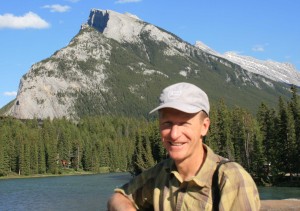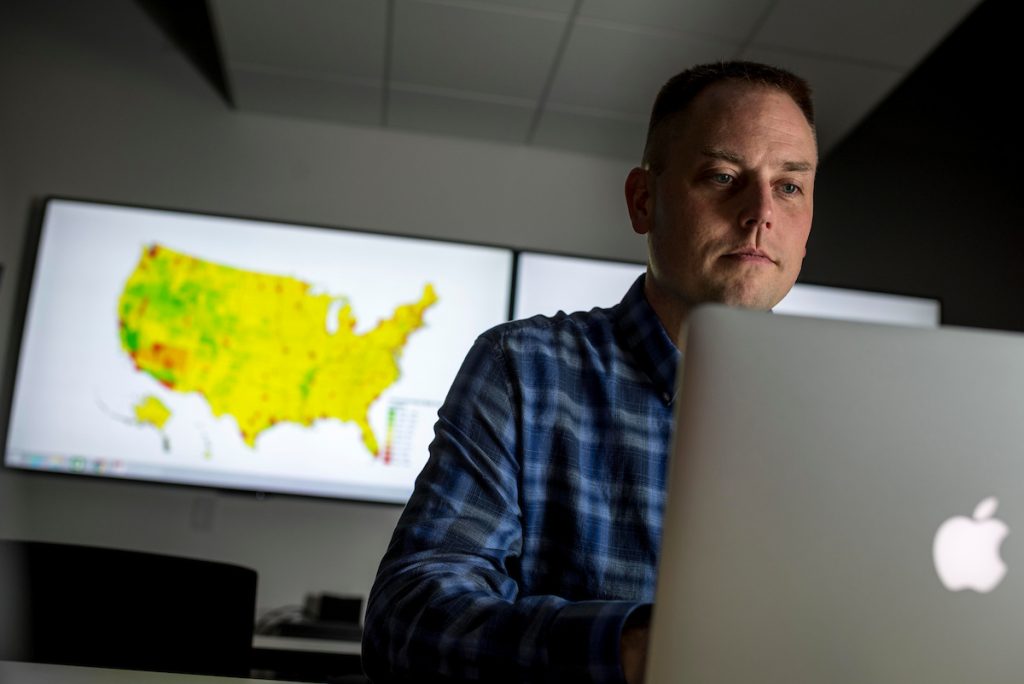As collaborators on one of the first coordinated ecology research projects to study what happens to streams as they dry across the United States, Northern Arizona University researchers Ben Ruddell and Abe Springer will develop an improved smartphone application for mapping wet and dry reaches of streams.
Based on lessons learned from phone apps developed to map the desert springs of the southwestern United States, this project will make the science accessible to citizen scientists nationwide, while empowering professional scientists to collect detailed data on intermittent streams and the food webs based on these springs.
The study, funded with a $3 million grant from the National Science Foundation, will be led by Daniel C. Allen at the University of Oklahoma. Collaborators include researchers at the University of California, Berkeley; University of Louisiana at Lafayette; Virginia Polytechnic Institute and State University and The University of Arizona.
The first phase of the study includes field research at 100 sites across the United States in 10 different ecological regions, spanning coastal northern California to coastal Virginia in the north and the Georgia Gulf Coast to the Sonoran Desert in Arizona in the south. In phase two of the research, researchers will produce hydrological models from watersheds and run them through different climate scenarios. In phase three, researchers will build models using hydrological and field ecological data to protect how these different climate scenarios could change stream drying patterns and, thus, stream ecosystems.

“This research project will provide the first comprehensive field studies of intermittent streams across the southern reaches of the U.S., where stream drying is a major issue,” Ruddell said. “A large fraction of the natural world’s species and food webs revolve around streams, so when they go dry this can completely transform ecosystems. The team will use field work and models to understand the likely fate of our nation’s streams in the 21st century—and NAU is building the technology to enable us to collect that data and to include interested citizens in the work.”
Ruddell’s research focuses on complex coupled natural-human systems, including regional water and climate systems strongly influenced by the economy and society. He is the director of FEWSION, an interdisciplinary research project to create the first comprehensive data map showing how the country’s food production systems, energy production systems and water supply align and interact. Springer, a hydrogeologist, studies groundwater systems and their importance for people and ecosystems in the desert Southwest.
Kerry Bennett, Office of the Vice President for Research
(928) 523-5556 | kerry.bennett@nau.edu




